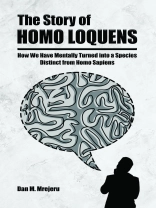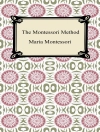In the first part of this book I discussed how the human brain
developed due to the development of language;
In the second and third part, I analyzed all aspects which are
mentioned below.
– prehistoric humans lived in a terrestrial atmosphere were
C14 isotope concentration was intermittently higher than
usual because a chain of geomagnetic events occurred in
this epoch;
– the C14 isotopes were incorporated into plants, and
transmitted by ingestion to animals in the form of C14-Glucose;
– biological processes involving C14-Glucose in humans
conducted to a reduction of organic production of nitric oxide;
– a lesser apport of nitric oxide favored a healthier cellular
development that decreased the sensitivity to viruses and
pathogens; this aspect helped humans to migrate and better
adapt to new environments;
– but for the most of it, the decline of nitric oxide led to significant
increases in neurogenesis that stimulated the brain plasticity,
but also, it favored a chain of biological changes in the human
brain;
– all these changes together made the human brain to
develop a language;
– the language development introduced the features of
assembling and disassembling; these features are those
implied in producing every technology we ever imagined;
– the unique mechanism involved by language delivered the
imagination on which is based our civilization.












